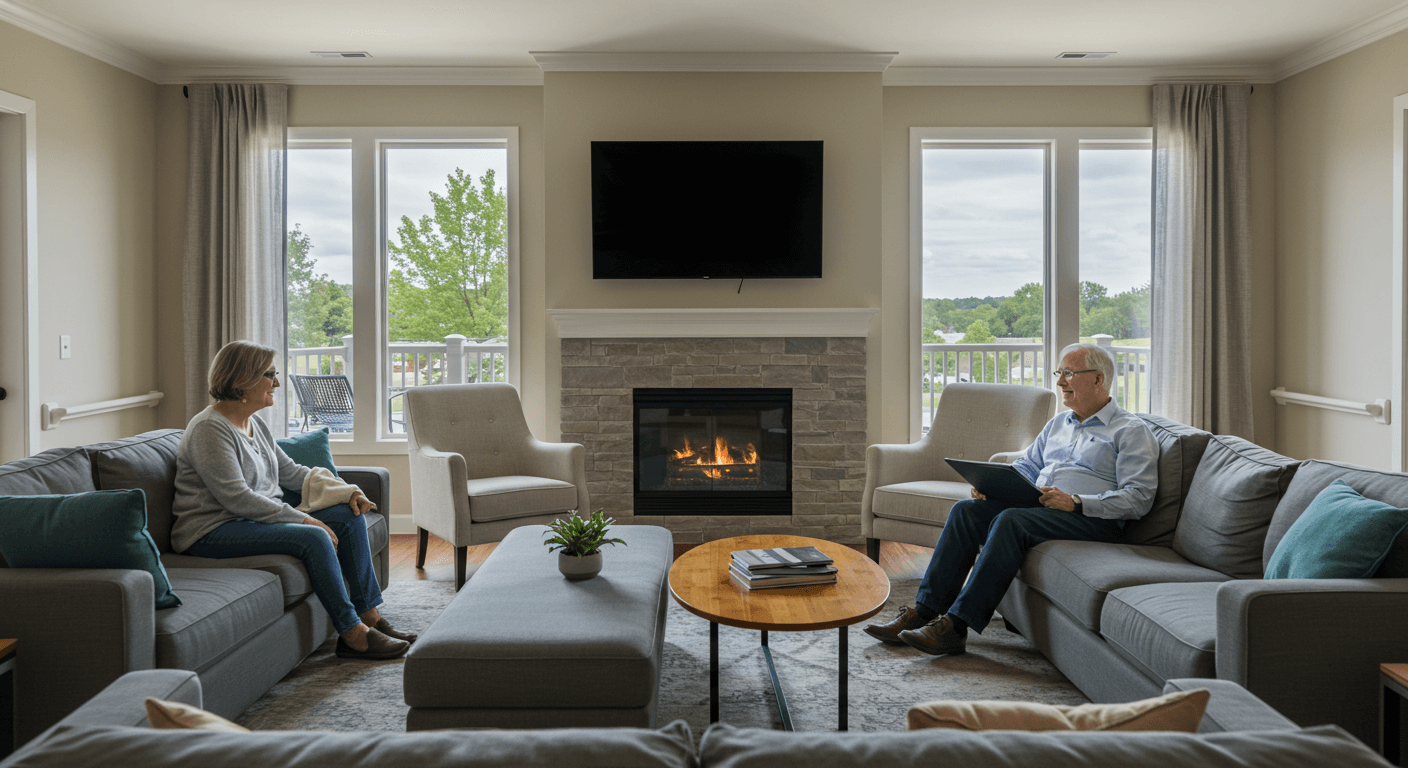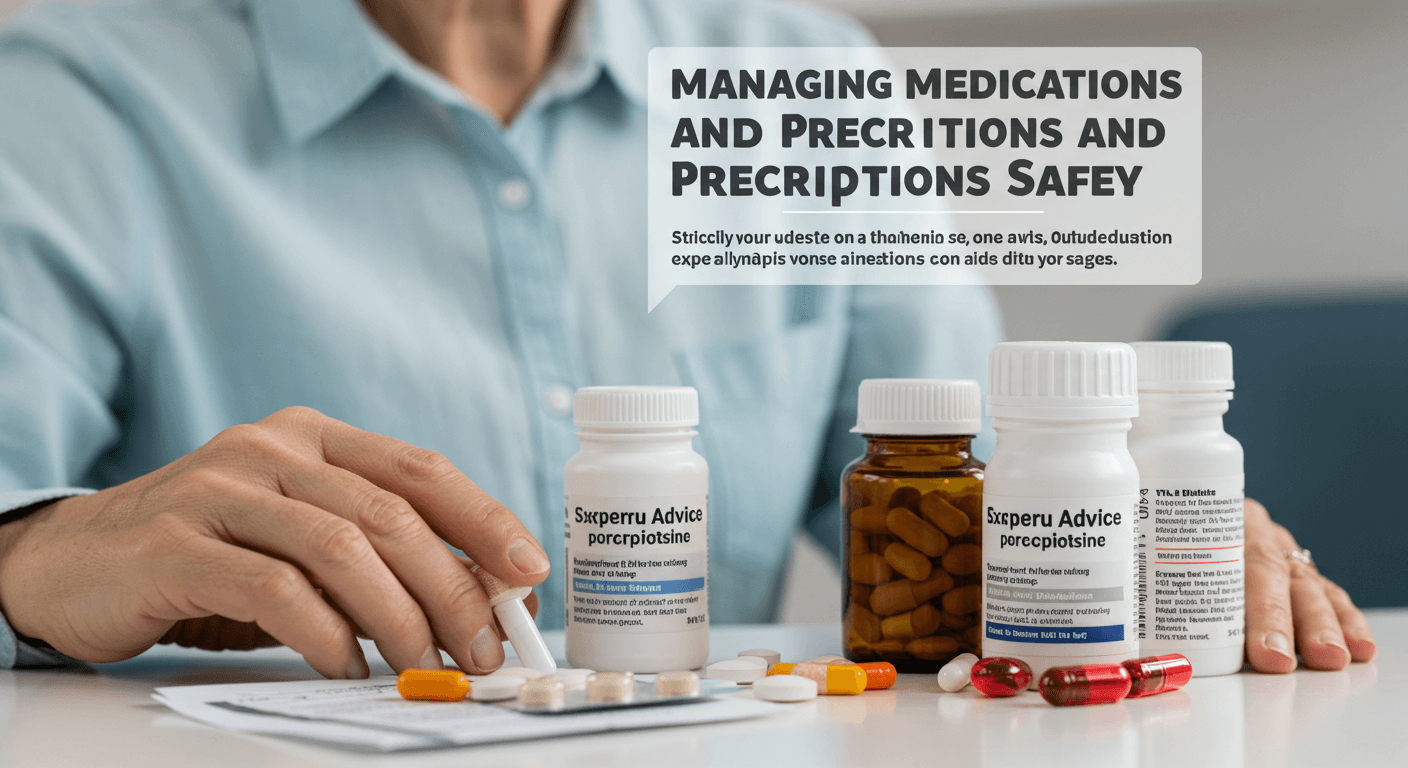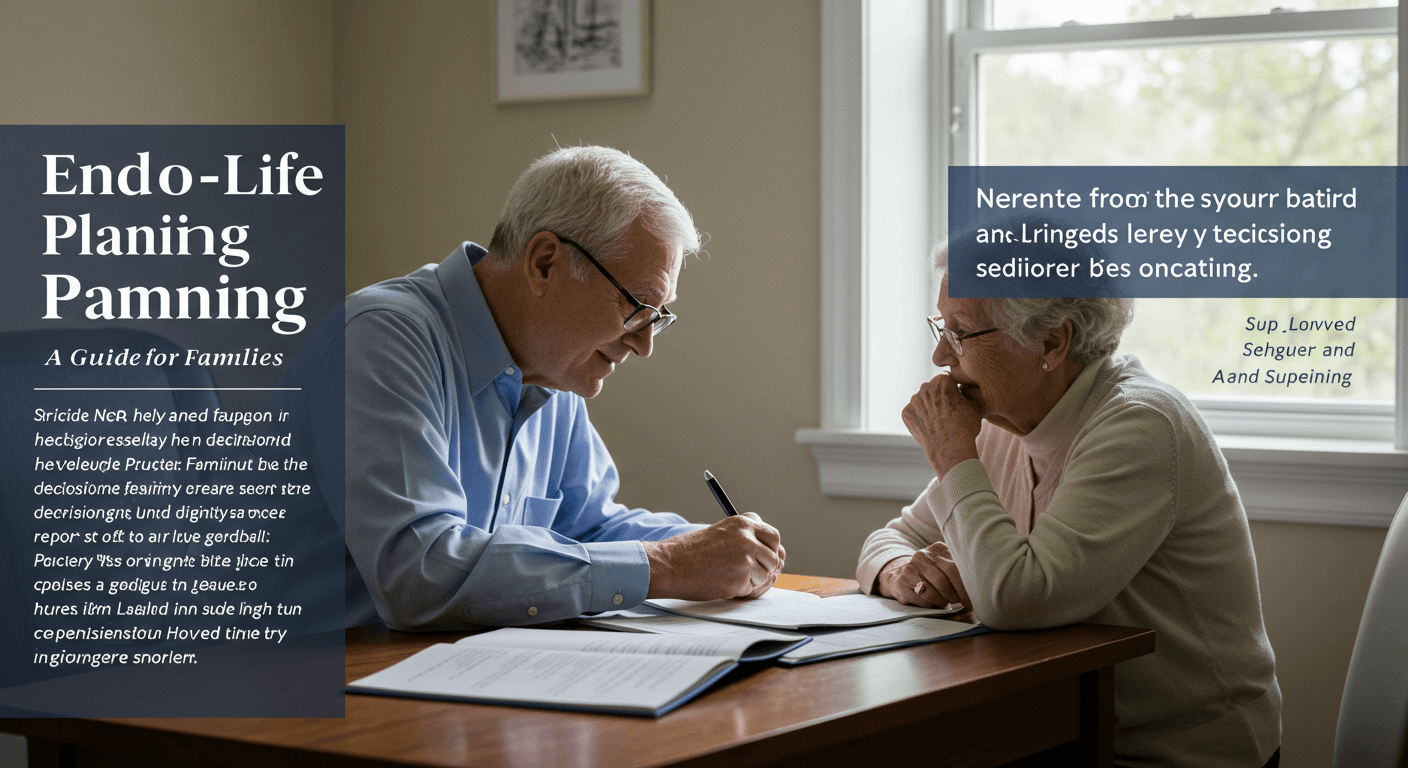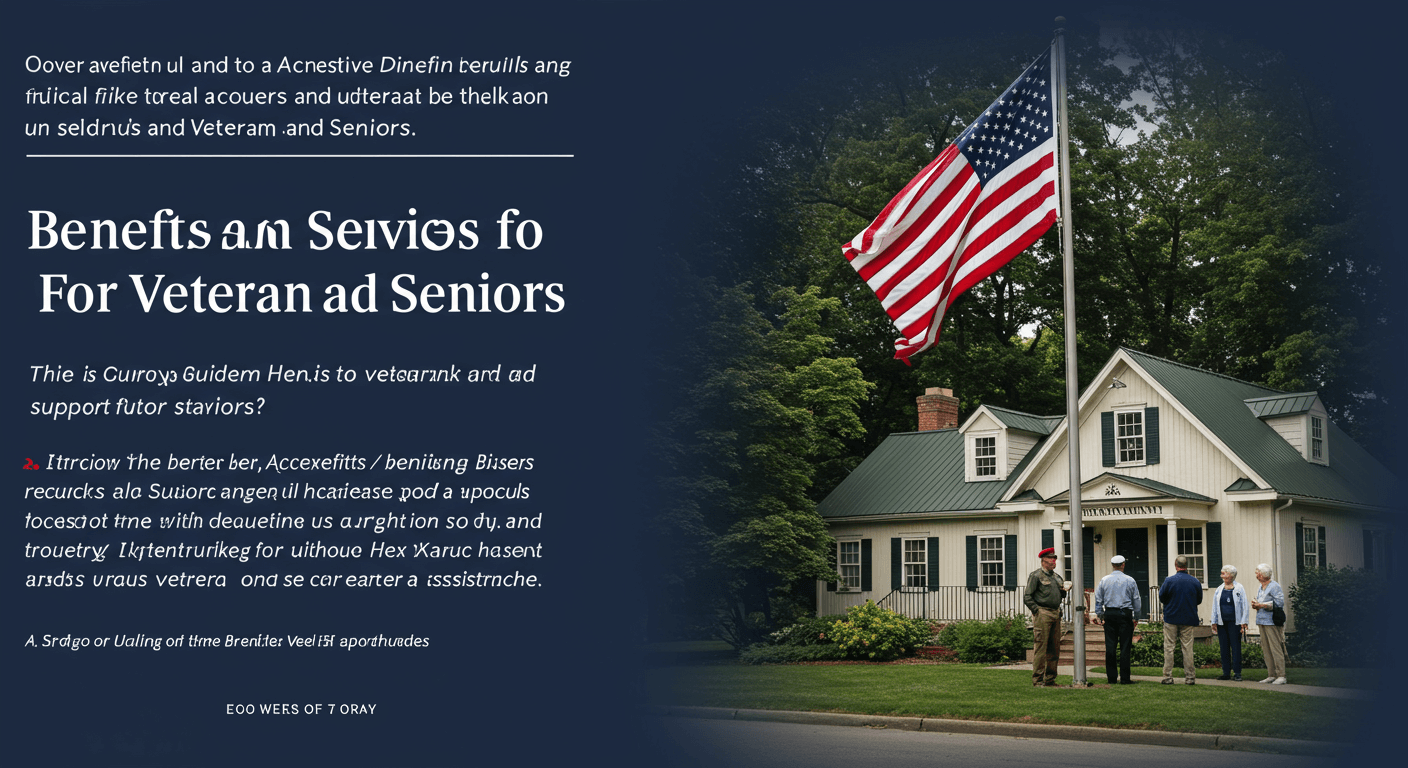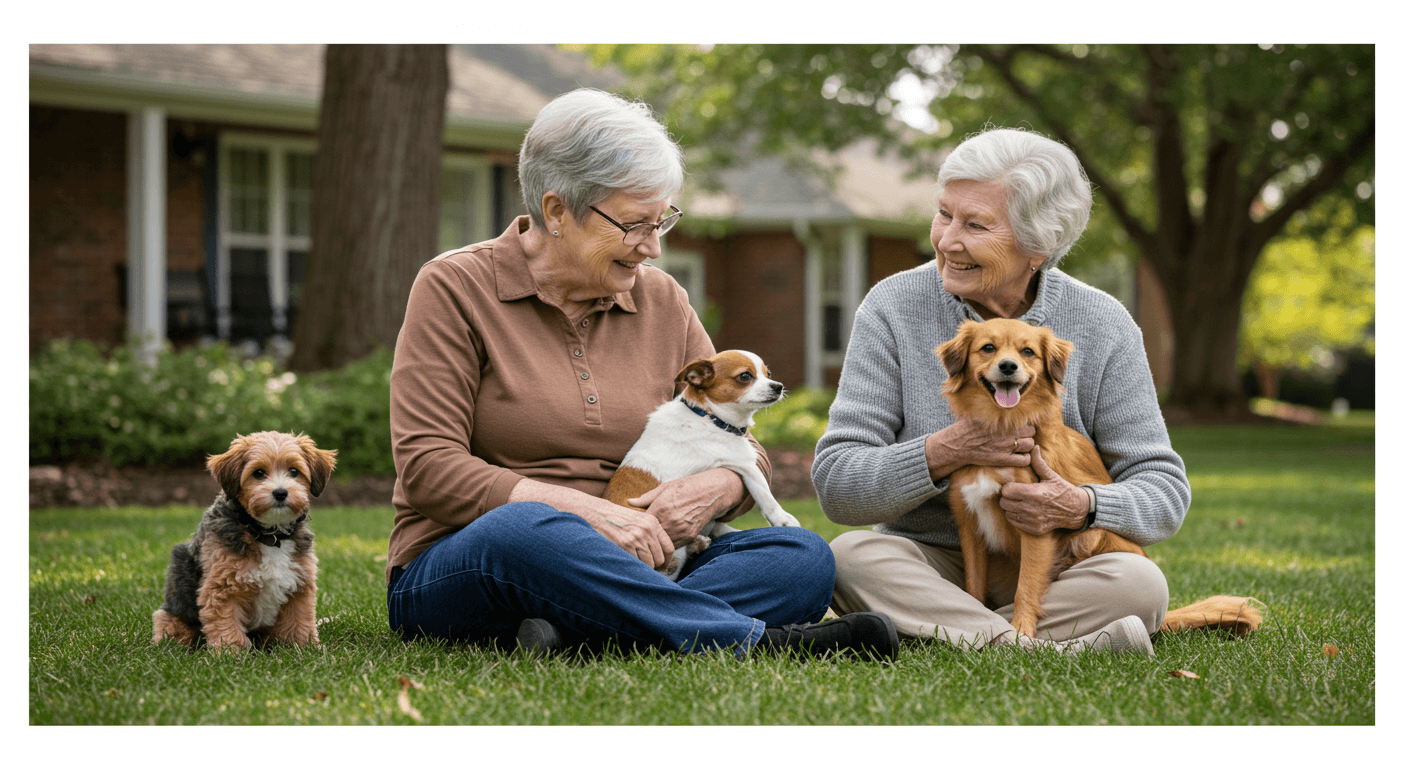Preventing Falls and Injuries in Senior Living
Expert advice on reducing fall risks and creating a safe environment for seniors in assisted living facilities and home care settings.
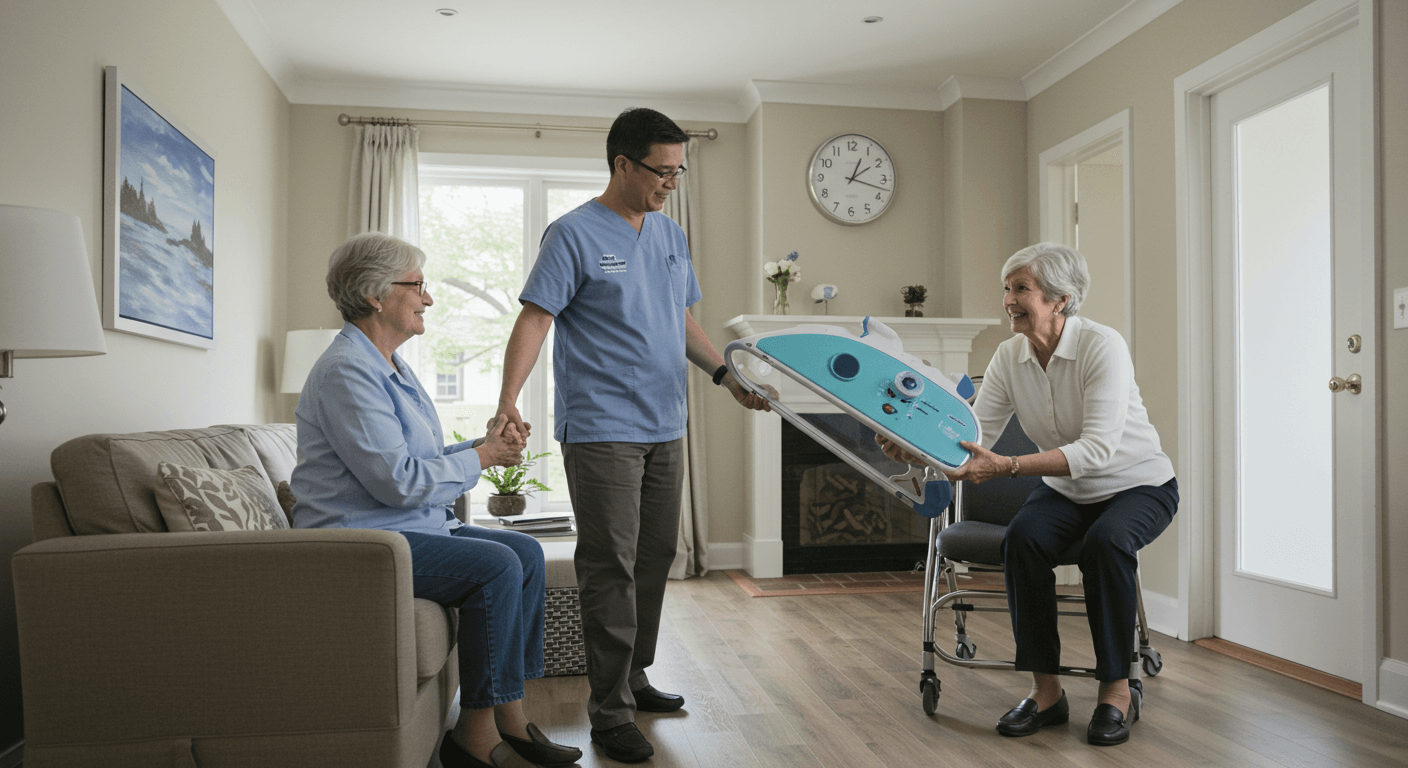
Falls are the leading cause of injury among seniors, but many are preventable with proper precautions and environmental modifications. This guide provides expert-backed strategies for caregivers to create safer living spaces and reduce fall risks.
1. Assess Home Environment
Conduct a thorough safety assessment of all living areas. Remove tripping hazards like loose rugs, clutter, and electrical cords. Ensure adequate lighting in hallways, stairways, and bathrooms.
2. Install Safety Equipment
Add grab bars in bathrooms, handrails on both sides of stairways, and non-slip mats in showers and bathtubs. Consider raised toilet seats and shower chairs for additional support.
3. Review Medications
Consult with healthcare providers about medications that may cause dizziness or balance issues. Monitor for side effects and adjust dosages under medical supervision.
4. Encourage Physical Activity
Promote exercises that improve strength, balance, and flexibility. Tai chi, walking, and light strength training can significantly reduce fall risks when done regularly.
5. Regular Vision Checks
Ensure seniors have updated eyeglass prescriptions and annual eye exams. Poor vision significantly increases fall risks, especially in low-light conditions.
Why Seniors Fall: The Science Behind Balance and Aging
Aging affects multiple systems that maintain balance. Muscle mass decreases by 3-8% per decade after 30, reaction times slow, and vestibular system function declines. Medications can compound these effects by causing orthostatic hypotension or drowsiness. Research shows comprehensive fall prevention programs can reduce falls by 24-31%.
Emergency guidance
If a Fall Occurs
Stay calm and assess for injuries. Don't move the person if they complain of pain or appear seriously injured. Call emergency services immediately for suspected fractures, head injuries, or inability to get up.
Post-Fall Protocol
Even if no immediate injury is apparent, schedule a medical evaluation. Document the circumstances of the fall to identify patterns and prevent future incidents. Review medications and environment for contributing factors.
Pro tips
- Use night lights in bedrooms and hallways to prevent nighttime falls
- Keep frequently used items within easy reach to avoid reaching or climbing
Common pitfalls
Ignoring minor falls or dismissing near-misses can lead to serious injuries. One caregiver reported their parent falling repeatedly before a hip fracture required surgery and lengthy rehabilitation. Consistent prevention measures could have avoided this outcome.
Recommended reads
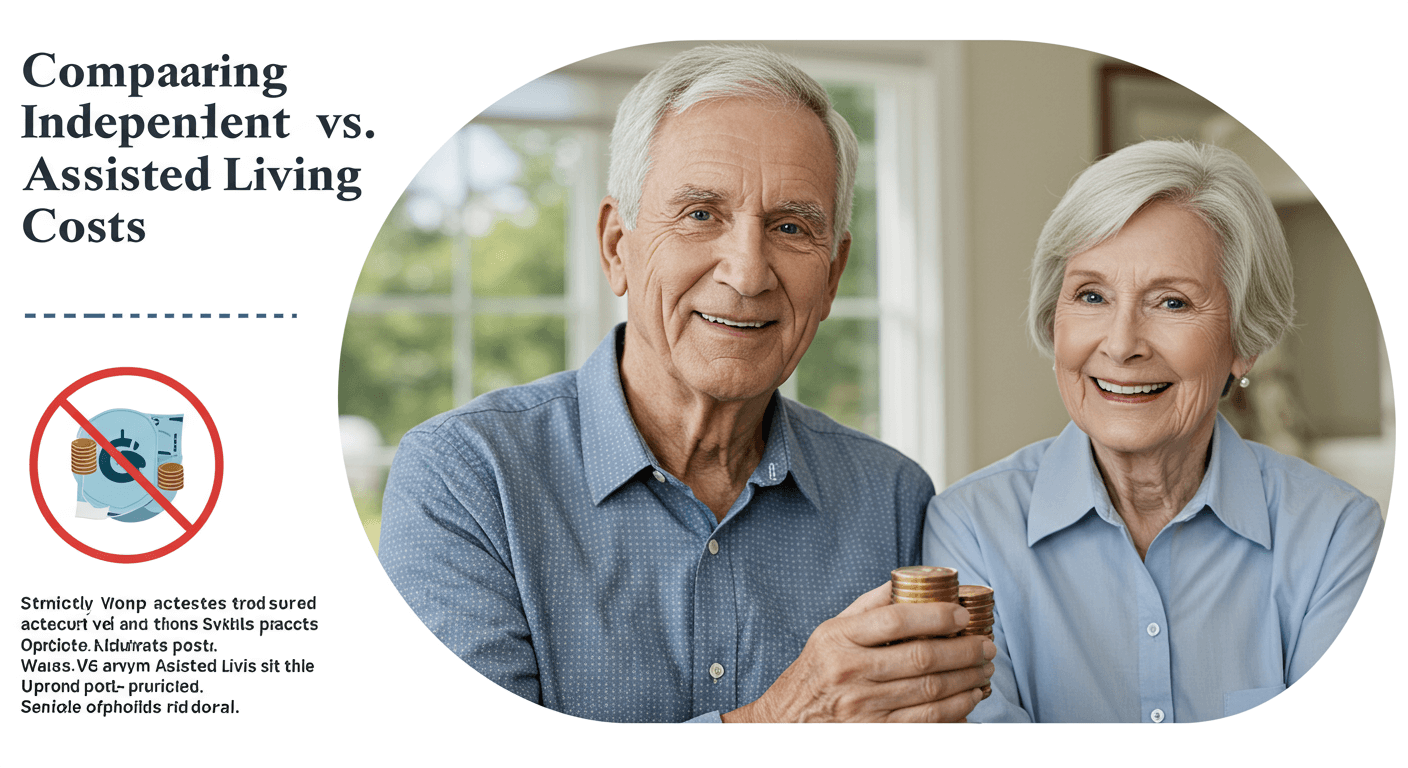
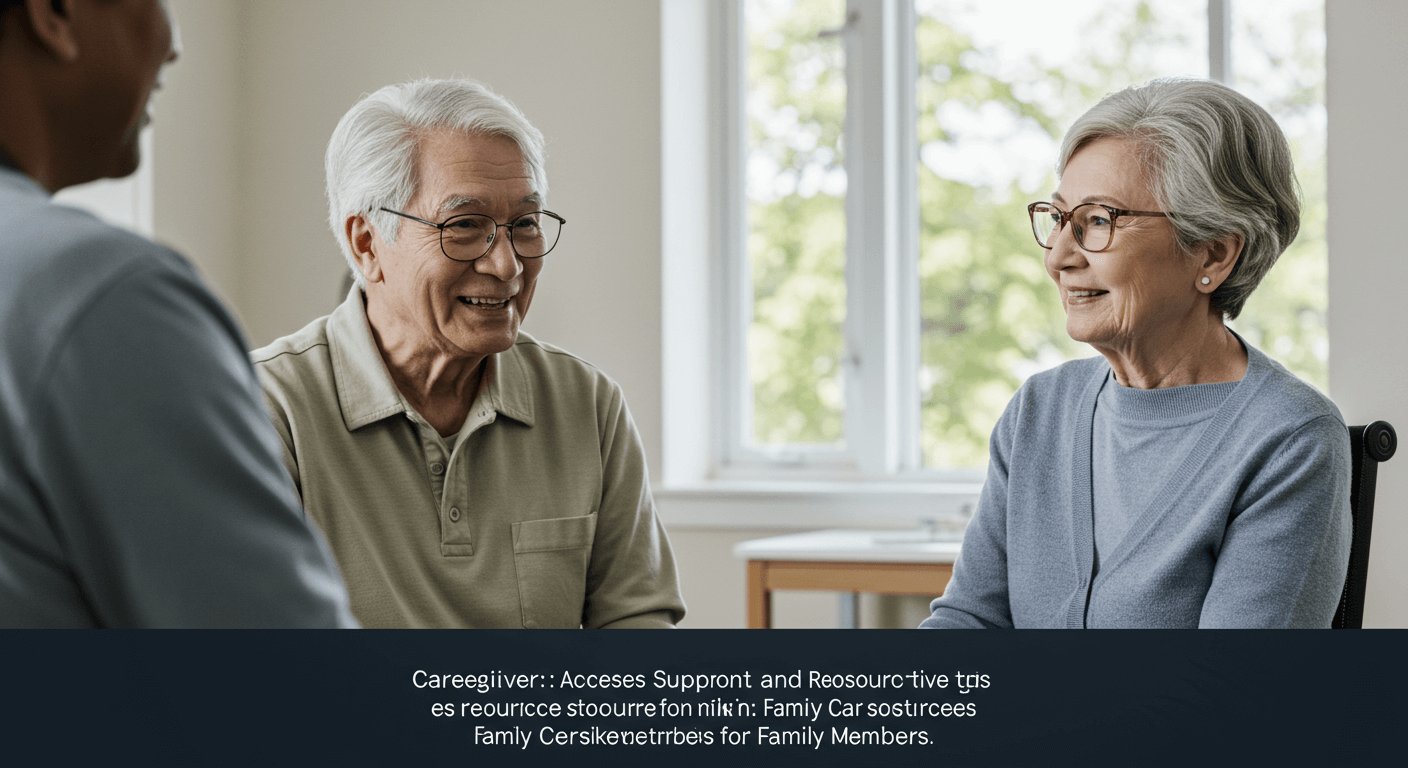
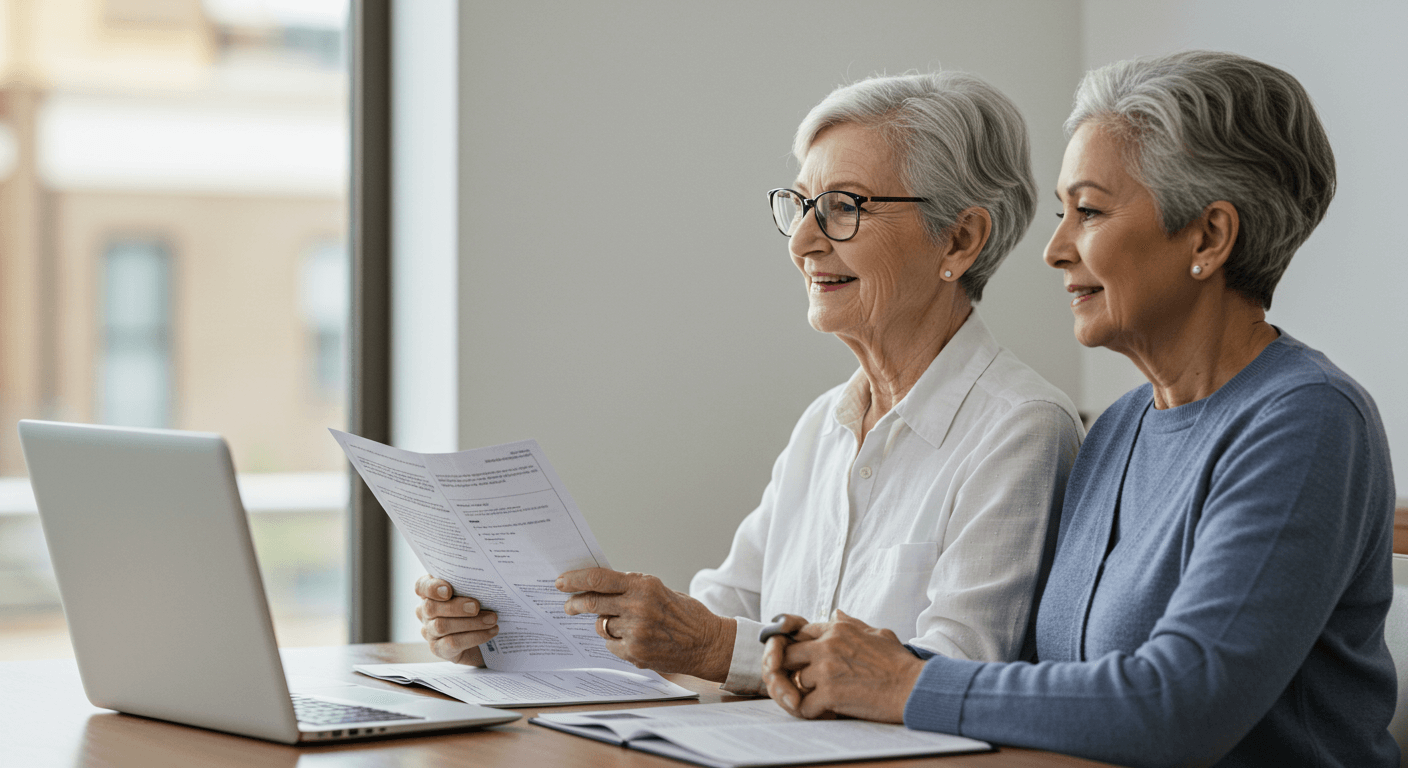
You may also like
